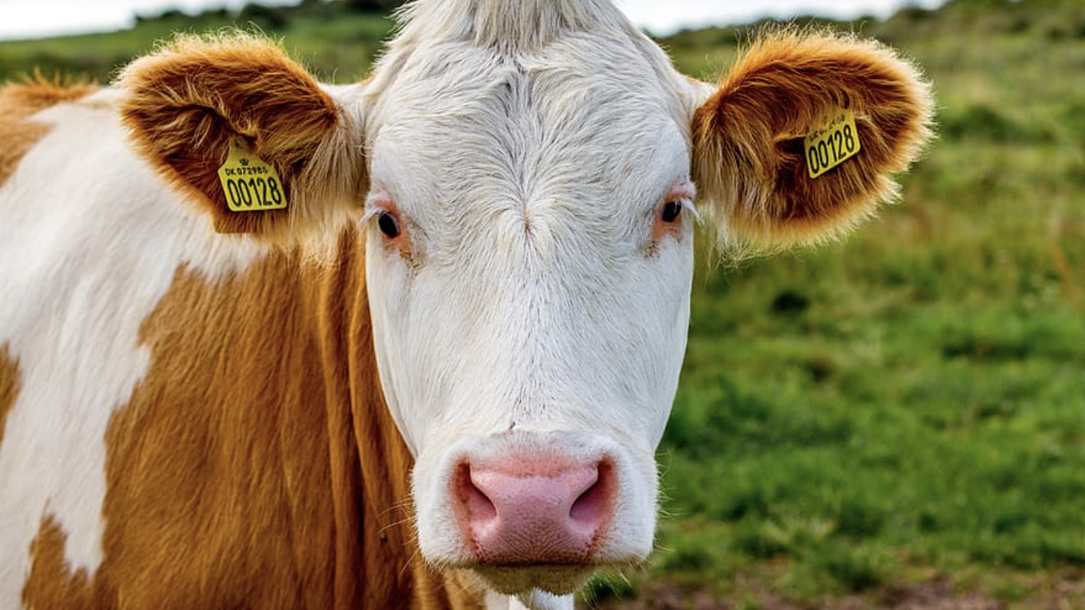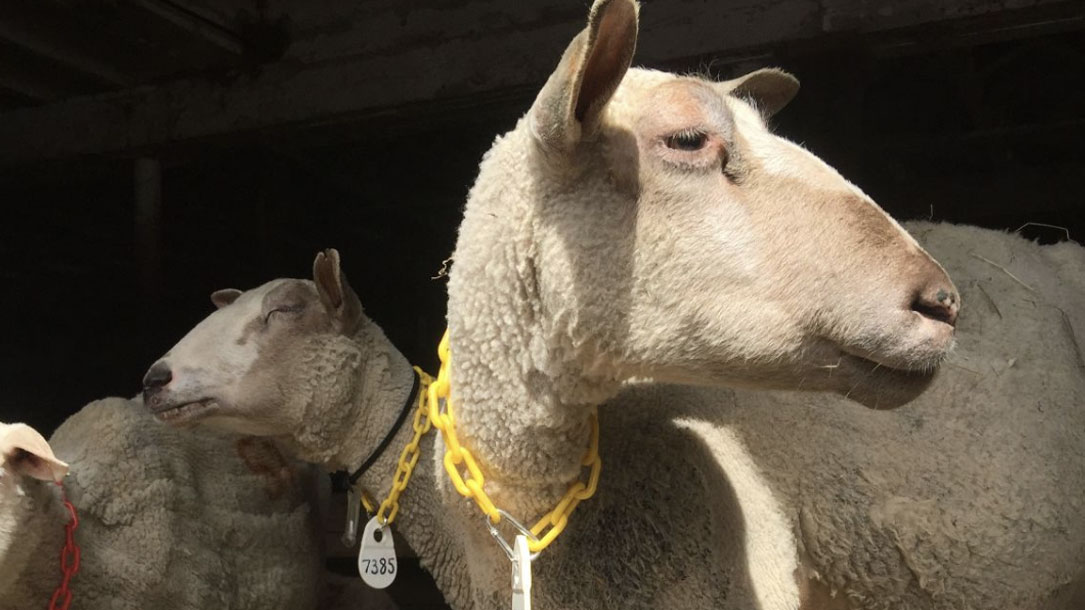Home > Climate News >

Research report: Antibiotics and temperature interact to disrupt soil communities and nutrient cycling
Soils contain immense diversity and support terrestrial ecosystem functions, but they face both anthropogenic and environmental stressors. While many studies have examined the influence of individual stressors on soils, how these perturbations will interact to shape soil communities and their ability to cycle nutrients is far less resolved. Here, we hypothesized that when soils experience multiple stressors their ability to maintain connected and stable communities is disrupted, leading to shifts in C and N pools.

Can agriculture and solar co-exist?
As New York faces a future that includes wetter winters, and periods of more frequent droughts during the summer, farming continues to be a challenging livelihood. For many farmers looking to retire, as well as new or younger farmers, the economics of agriculture is increasingly a focal point as they plan their future. According to American Farmland Trust’s Farms Under Threat report, New York lost over a quarter million acres of farmland in sixteen years (2000 – 2016).
The loss of NY’s farmland is concerning. But imagine if farmers had an income stream that helped cover rough years caused by drought, flooding, and erratic weather. That’s part of a shift underway to rethink solar development that works for farmers and farming, rather than taking land out of production.
While I think we can all agree that no one wants to see solar panels on good farmland if it takes that farmland out of production, Farmer First Solar changes that paradigm and prioritizes designs that allow for greater farming options, increased farm viability, and soil health…

Made in the shade: Growing crops at solar farms yields efficiency
“There is potential for agrivoltaic systems – where agriculture and solar panels coexist – to provide increased passive cooling through taller panel heights [emphasis added], more reflective ground cover and higher evapotranspiration rates compared to traditional solar farms,” said senior author Max Zhang, professor in the Sibley School of Mechanical and Aerospace Engineering [at Cornell], “We can generate renewable electricity and conserve farmland through agrivoltaic systems.”
In New York, for example, about 40% of utility-scale solar farm capacity has been developed on agricultural lands, while about 84% of land deemed suitable for utility-scale solar development is agricultural, according to a previous research study from Zhang’s group…

Douglas County sheep farm working to restore soil and build community, agrivoltaics
“Co-locating farming and clean energy production on agricultural land creates rural economic resiliency, provides land access for new and underserved farmers, and builds vital agricultural infrastructure. Unlocking these bottlenecks will create food security that allows small farmers to compete in a global extractive market while focusing on restorative farming practices that heal the land”…

Corn and soybean production up in 2021, USDA Reports, Corn and soybean stocks up from year earlier, Winter Wheat Seedings up for 2022
WASHINGTON, Jan. 12, 2022 – Increased acreage and higher yields for corn and soybeans led to record high soybean production and near-record high corn production, according to the 2021 Crop Production Annual Summary released today by the U.S. Department of Agriculture’s National Agricultural Statistics Service (NASS).

Biden-Harris administration announces availability of Inflation Reduction Act funding for climate-smart agriculture nationwide
[Jargon alert, the article will explain more]
The IRA funding includes an additional $8.45 billion for EQIP, $4.95 billion for RCPP, $3.25 billion for CSP, and $1.4 billion for ACEP. The increased funding levels begin in fiscal year 2023 and rapidly build over four years. These additional investments are estimated to help hundreds of thousands of farmers and ranchers apply conservation to millions of acres of land.
Additionally, the IRA provides $300 million to quantify carbon sequestration and greenhouse gases (GHG) through the collection and use of field-based data to assess conservation outcomes. Information gained through this effort will be used to….

Alley cropping case studies in Appalachia
The Natural Resource Conservation Service (NRCS) describes alley cropping as having several conservation purposes, including reducing surface water runoff and erosion, improving soil health, altering subsurface water quantity or water table depths, enhancing wildlife and beneficial insect habitat, increasing crop diversity, and increasing carbon storage.
Much like agrivoltaics with crops and/or cattle, the combined farming practice can increase overall yields and benefits. Plus, funding may be available. The case study focuses on Appalachia but could be emulated elsewhere.

Solar panels help French winemaker keep climate change at bay
A roof of solar panels shades Pierre Escudie as he inspects the last plump grapes to be harvested at his vineyard in southwest France, after a year of hard frosts and blistering heat that damaged many of his neighbors’ crops.
The solar panels insulate the grapes during periods of extreme cold and shield them from the sun’s harsh rays during heat waves. The panels also rotate to allow more light to hit the vines on more overcast days…

Healthy soil grants
Vermont farmers have an essential role to play in combating climate change. Some farming practices can trap carbon and keep it out of the atmosphere, while supporting wildlife habitat, healthier soils, and cleaner water. The challenge can be sustaining profitability while making significant changes.
Which practices are worth the investment? And how long will they take to pay off?
To answer these questions and more, we are partnering with Bio-Logical Capital and the University of Vermont on a Conservation Innovation Grant funded by the Natural Resources Conservation Service. This five-year research project will provide direct payments to Vermont farmers who agree to implement farming practices that improve soil health…

Massachusetts Clean Energy Act eases path for agrivoltaic projects
The Act clarifies that an agrivoltaic project is to be treated as an agricultural use, meaning that the land can continue to be classified as agricultural land for property tax purposes and that the project is exempt from special permit requirements.
This change in law further illustrates the legislature’s intent to help farmers continue their farming operations by utilizing renewable energy, and particularly solar energy, as a means of maintaining their land in agricultural use.












